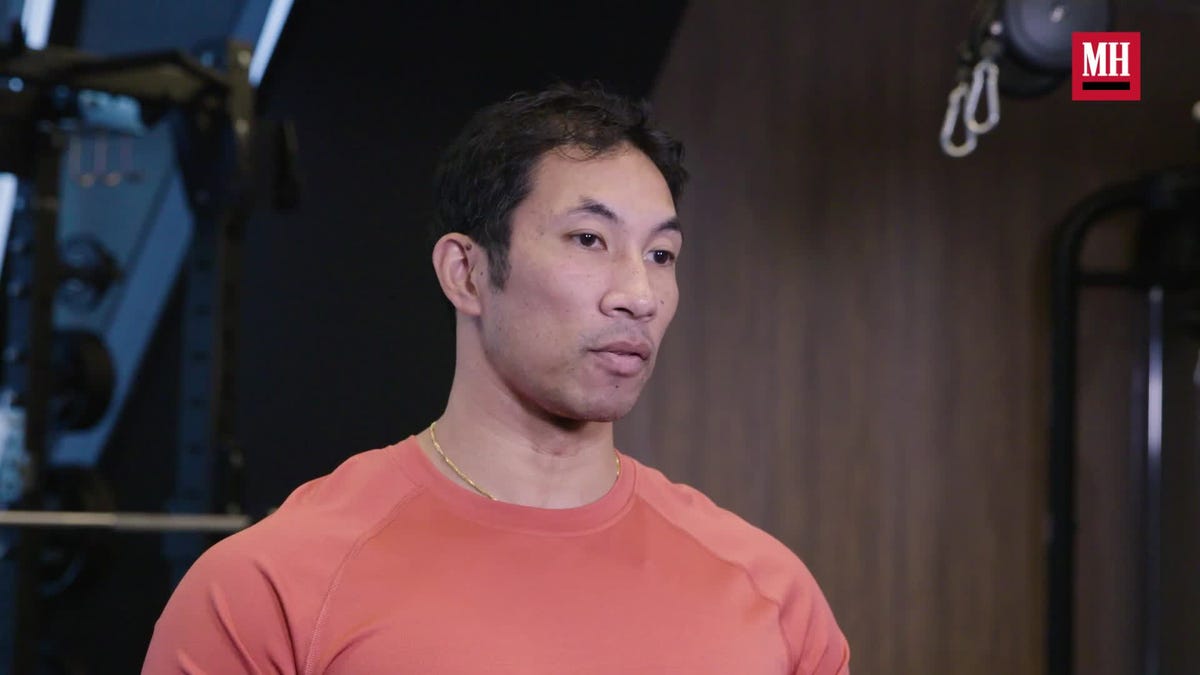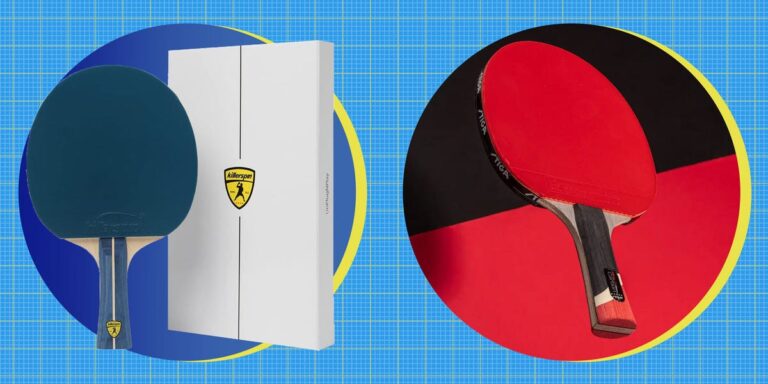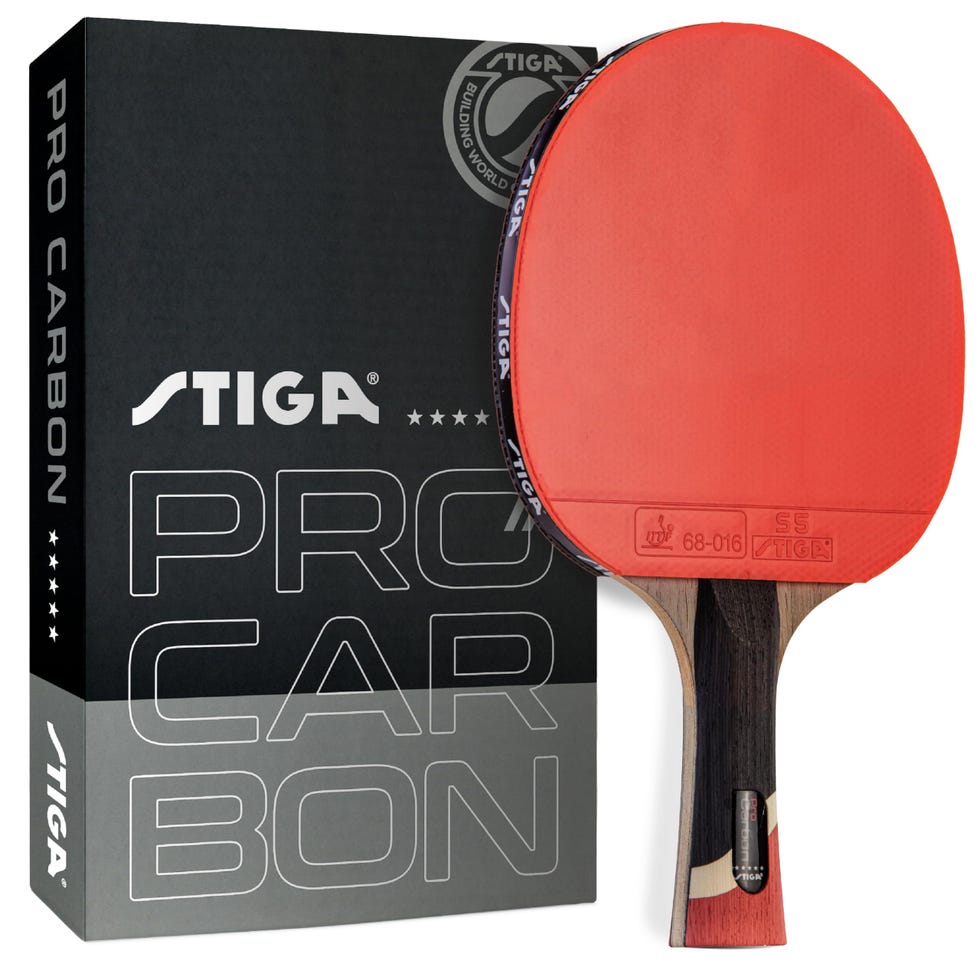Beginner paddles are generally the most affordable ones and feature flared handles for comfort and maneuverability along with tacky rubber surfaces for optimal forgiveness. More advanced ping pong paddles will have blades made from higher quality wood, incorporate premium materials like carbon fiber into the blade and handle, and utilize the top rubber materials you can buy, resulting in higher spin, more power, and more feel. These may set you back a bit more when it comes to the cost, but they are key to elevating your game.
Below we’ll break down all the important factors to consider when buying a ping pong paddle, along with our five tested and approved paddles we recommend.
What to Consider
Intended Skill Level
When choosing a ping pong paddle, knowing your skill level, and what skill level the paddle is intended for, is crucial. Beginners should opt for affordable paddles with greater control and forgiveness, which often have a larger sweet spot and softer rubber. Intermediate players will want to prioritize paddles that balance control and speed, while advanced players often will want to choose paddles that maximize spin and speed. Understanding what the paddle you’re choosing was made for will ensure that you select a paddle that enhances your strengths and helps improve your weaknesses.
Blade Material
The blade material is one of the most important factors in determining a paddle’s performance. Paddles typically are made with wood or composite materials (including carbon fiber, like the Stiga paddle below). Wood blades offer better control and feel, making them the best bet for beginners and intermediate players. Composite blades provide more speed and a pure sweet spot, which is better for advanced players seeking power and precision.
Rubber
The rubber on a ping pong paddle affects spin, speed, and control. Soft rubber provides better control and is best for beginners who want more accuracy. Medium-hard rubber mixes spin and speed, making it best for intermediate players. Advanced players often choose harder rubber for maximum spin and speed. Additionally, the rubber’s tackiness makes a big difference when it comes to generating speed.
Weight
Is it better to have a light or heavy ping pong paddle? The style of your play usually dictates if you want to go light or heavy in your paddle weight. A lightweight ping pong paddle always for faster reactions, easier maneuverability, and better spin movements (easier to flick the wrist quick to generate). A heavier ping pong paddle will give you more power and better momentum when returning powerful shots. A heavier paddle can also help with control when playing defense, as you don’t need to generate as much force to send a good shot back.
How We Selected
While you could spend a day sifting through the multitude of options, as you might assume by walking through the sporting goods section at your local Target or Walmart, that probably isn’t absolutely necessary. In spite of the sheer volume of paddles stocked at our favorite retailers, our team at Men’s Health thinks that a few top picks stand out above the rest. We’ve played with the lot of them over the decades of experience we have playing ping pong, coming away with some real favorites.
In between office tournaments and perfecting our collective backhand, our editors took a deep dive into all the considerations above with each model. We also considered popular opinion from the gaming community on forums like r/tabletennis on Reddit and chatted up colleagues who play often to gauge their valued opinions.
Read on to get the skinny on our top five favorite ping pong paddles you can buy right now.
” data-next-head/>
Ryan Brower is the Senior Gear and Commerce Editor at Men’s Health, where he tests the best products in outdoor gear and tech. Baseball, surfing, and camping occupied most of his time growing up.
He also trained in martial arts for 12 years and holds a third degree black belt. He has written about the outdoors for nearly two decades and was previously the Managing Editor, Content Performance at Gear Patrol. He is also a Certified Beer Server and previously covered the craft beer industry. Ryan currently lives on the water in New Jersey with his wife and their dog.
Watch Next

Advertisement – Continue Reading Below
Advertisement – Continue Reading Below
Advertisement – Continue Reading Below
Read the full article here




